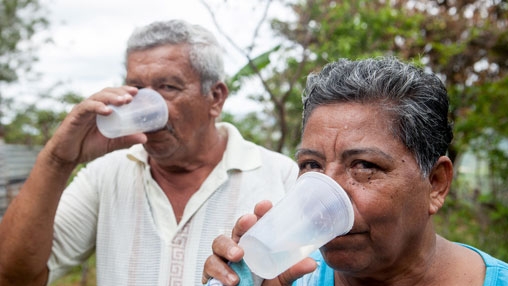From the vast Amazon Basin to the extensive Guaraní aquifer, to the frozen glaciers high in the Andes, Latin America is rich in water -a key resource in the region’s development.
Enormous progress has been made in the last two decades in extending water access across the region, with 70 million more people served in the urban centers than at the turn of the millennium. Furthermore, many countries within the region, and especially Brazil, have become examples for managing water resources.
“There are several examples where Latin America is fairly advanced with respect to water governance and the fact is that other countries are looking towards Latin America in order to learn,” explained World Bank Water Expert Karin Kemper.
One such example is the management of Brazil’s many river basins. Accepting that all users have an interest in how water is managed, over the past 15 years Brazil has paved the way for participatory approach to managing water supplies.
Consequently, users from across the spectrum – water supply companies, irrigators, energy providers and representatives from both state and federal government as well as civil society - are involved in the decision making process, in order to take into consideration their differing water needs. Initially pioneered in São Paulo, this inclusive approach to water governance is particularly successful in the state of Ceará and is today enshrined in both federal and state law.

